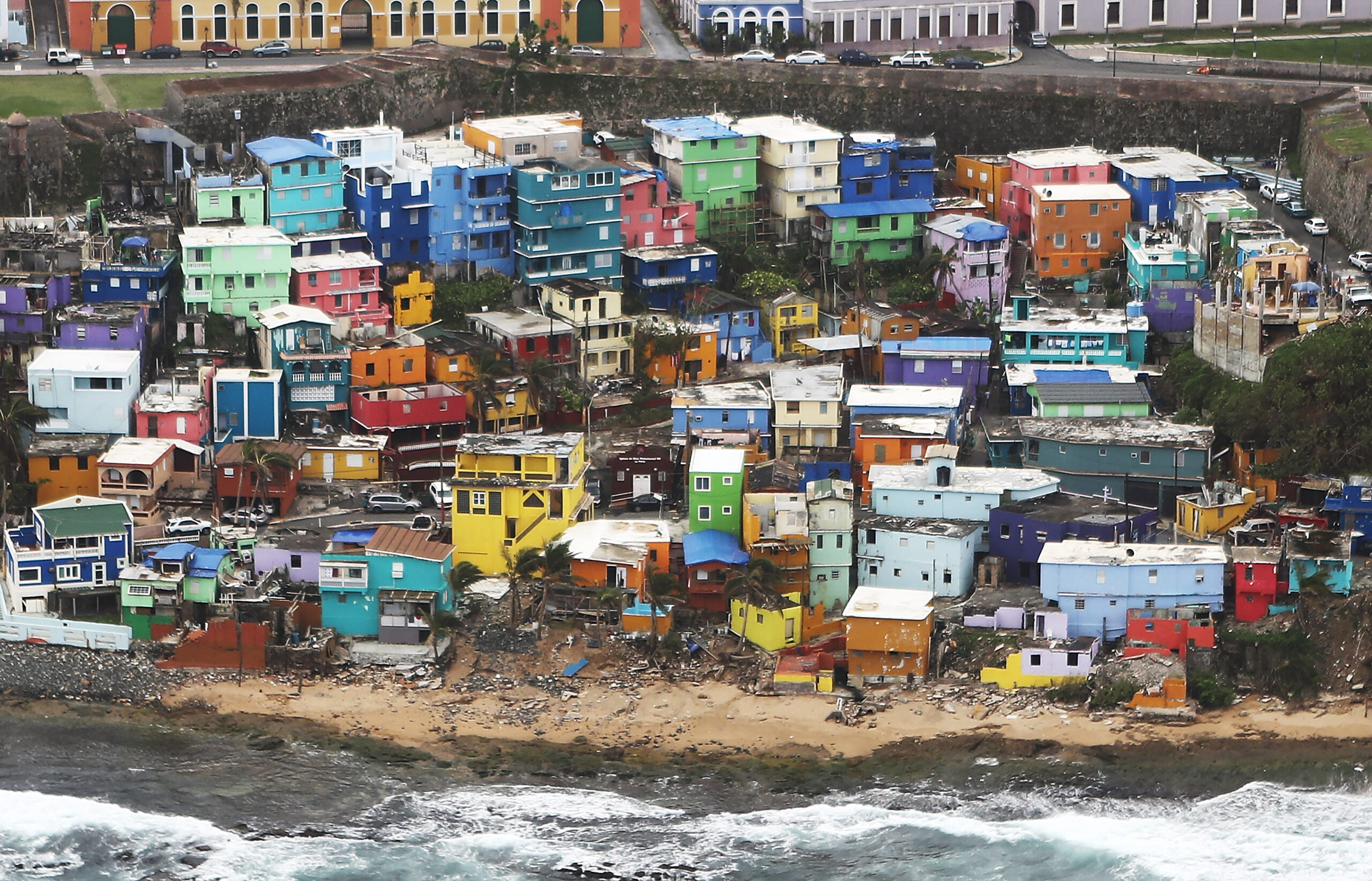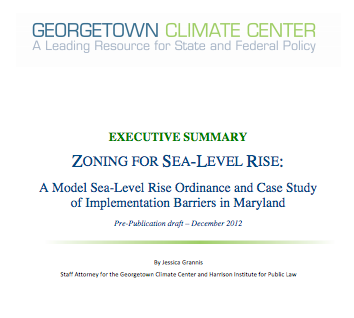To help local communities address the increased flooding expected from sea-level rise and more frequent extreme weather events, the Georgetown Climate Center designed a model sea-level rise ordinance to provide local governments with a template for tailoring regulations to meet the needs of their community and its particularized vulnerabilities.
To effectively balance all the competing interests in coastal resources in the face of climate threats, local governments will need flexible and robust land-use regulations. Zoning is the most powerful tool that local governments have to preemptively mitigate hazards. Through planning and zoning, local governments can determine what is at risk, what is safe to build, and where it is safe to build. By analyzing vulnerabilities and planning for impacts, local governments can shape landowner expectations and build political support for adaptive measures. Through regulations, local governments can ensure that fewer people and structures are in harm’s way when impacts occur, and that developers site and construct new structures to be more resilient to flooding and other impacts.
Below is a link to the executive summary describing this work. A full report with the model ordinance will be released soon.

